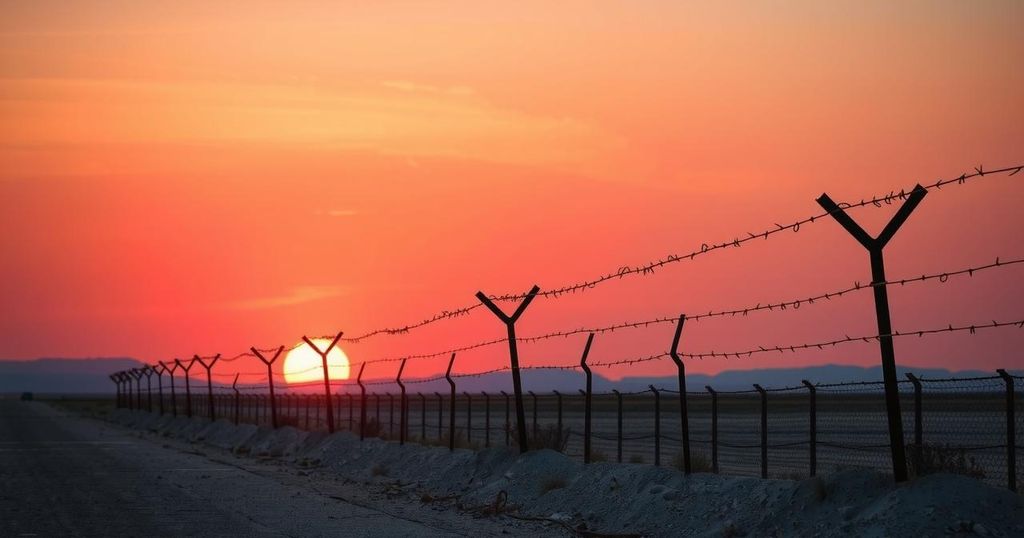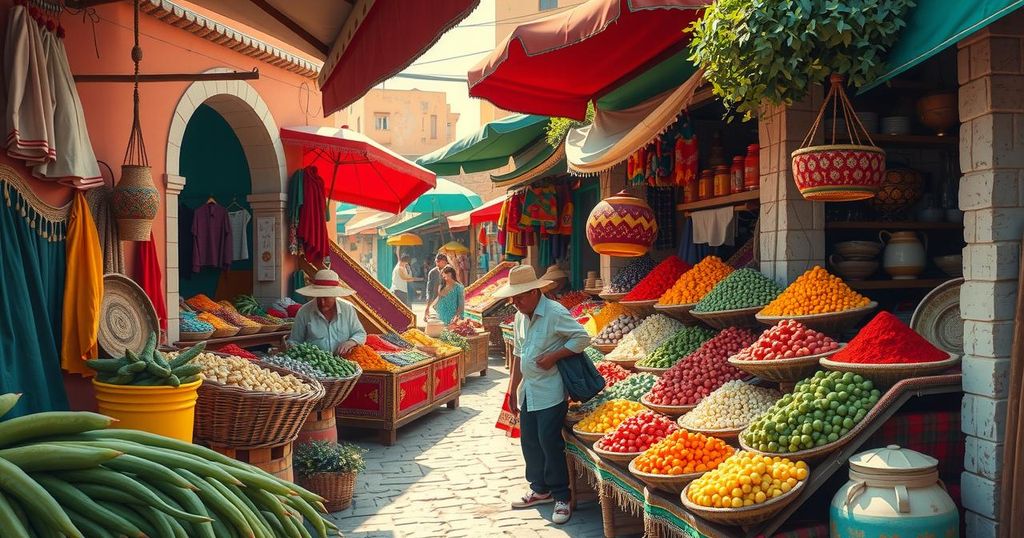Human smugglers are now providing return trips for migrants heading back to Colombia as tougher U.S. immigration policies make entering the country more difficult. Daily, around 20 to 30 migrants are opting for this route, marking a shift from previous trends. Costs for these return trips reach $550, while Panama reports a significant drop in northbound travelers. Governments are responding to this new migration flow, focusing on monitoring and support initiatives.
In a notable change, human smugglers have begun to assist migrants in returning to their home countries as strict immigration policies under the Trump administration make it increasingly difficult to enter or stay in the United States. Reports indicate that daily, 20 to 30 migrants are opting to travel south towards Colombia rather than pursuing northbound journeys. This shift has been primarily triggered by intensified deportation measures and a reduction in legal residency pathways within the U.S.
Smugglers, such as El Zurdo, who traditionally facilitated northward movement, are now charging approximately $550 per person for return trips. This fee encompasses transportation to Necoclí, Colombia, alongside basic accommodations and meals. “This is a first in 10 years,” El Zurdo remarked, reflecting on the unusual nature of this trend.
The Trump administration’s policy changes have included increased deportations, the withdrawal of funding from non-compliant jurisdictions, and heightened barriers for asylum seekers. Adam Isacson from the Washington Office on Latin America noted, “A small but significant number of people who’d come north expecting appointments and access to the U.S. asylum system are giving up and going south again.”
While accurate statistics are challenging to ascertain, Panama’s government indicates that approximately 2,200 migrants have traveled south this year. Comparatively, only 408 migrants moved north through Panama in February, a stark decline from the previous year’s figure of 37,000 in the same month. Notably, smugglers are now steering migrants away from the perilous Darien Gap, choosing instead maritime routes.
Gardi Sugdub, an island known for its climate refugees, has evolved into a hub for migrants awaiting transportation back home. Migrants pay $10 per day for subpar lodging, facing challenges such as inadequate access to safe drinking water and electricity.
To address the changing migration patterns, both Panama and Colombia are taking action. Panama’s Security Minister Frank Abrego has acknowledged the informal nature of boat transfers and is committed to monitoring these operations to safeguard against human trafficking. In a similar vein, Colombia’s Foreign Minister Laura Sarabia mentioned that programs supporting returning migrants, including employment and educational opportunities, are under consideration to combat burgeoning xenophobia.
The risks associated with reverse migration were starkly demonstrated when a boat carrying 21 migrants capsized, leading to the tragic drowning of an 8-year-old Venezuelan child. Ariel Ruiz from the Migration Policy Institute estimates that between 250,000 and 270,000 migrants are currently stranded in Mexico, largely due to U.S. and Mexican enforcement policies. Many are reevaluating their circumstances, with Ruiz stating, “People were either not willing or not wanting to wait in Mexico for a long time. Instead of trying to wait and see what happens in U.S. policy, some begin to return.”
In conclusion, the current trend of migrants returning south instead of heading to the United States signifies a dramatic shift in human smuggling patterns influenced by stringent immigration policies. Reports indicate an increase in return trips facilitated by smugglers, revealing the impacts of regulatory changes on human migration flows. Authorities in Panama and Colombia are adapting to these new challenges while working to ensure migrant safety and support.
Original Source: www.latintimes.com




